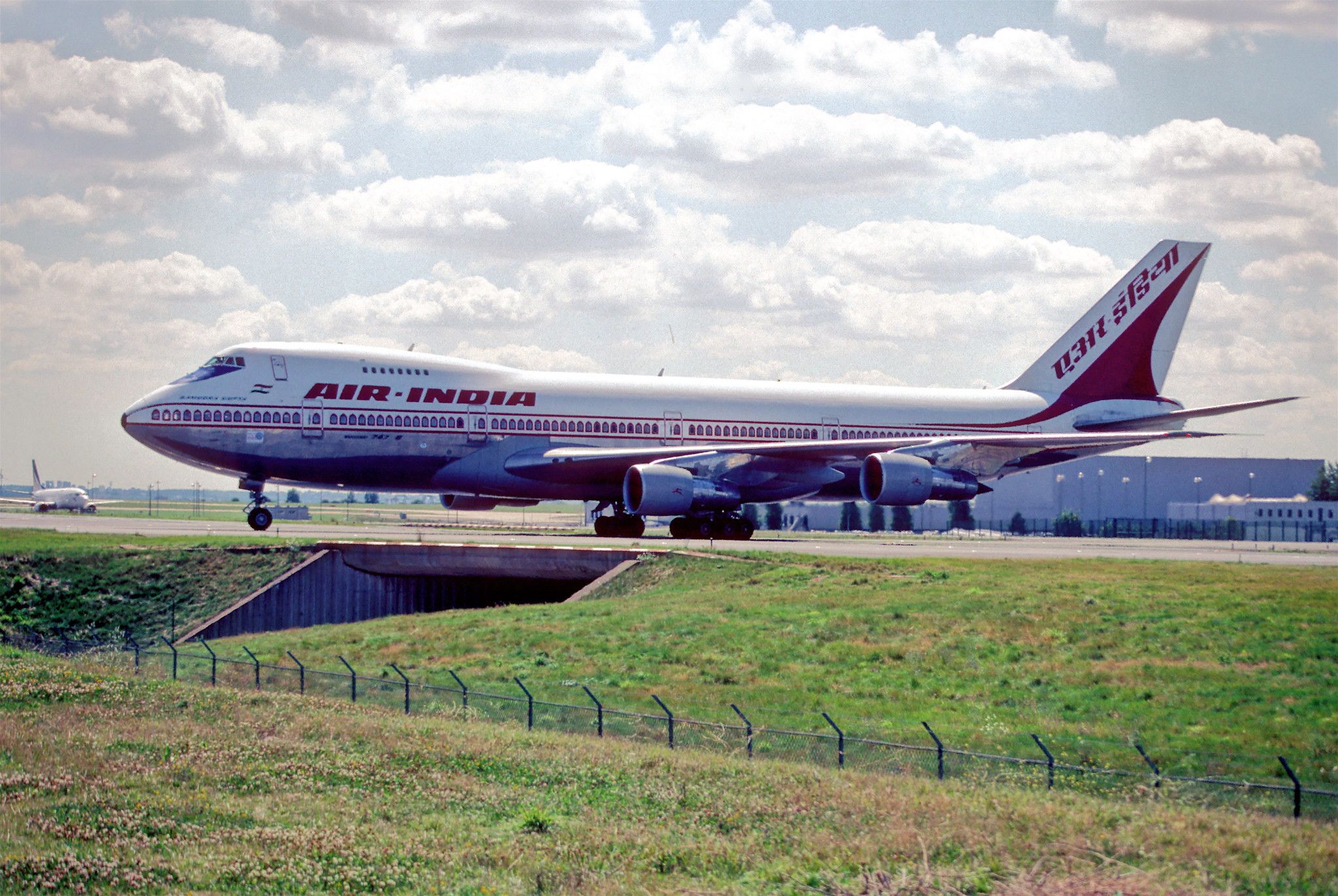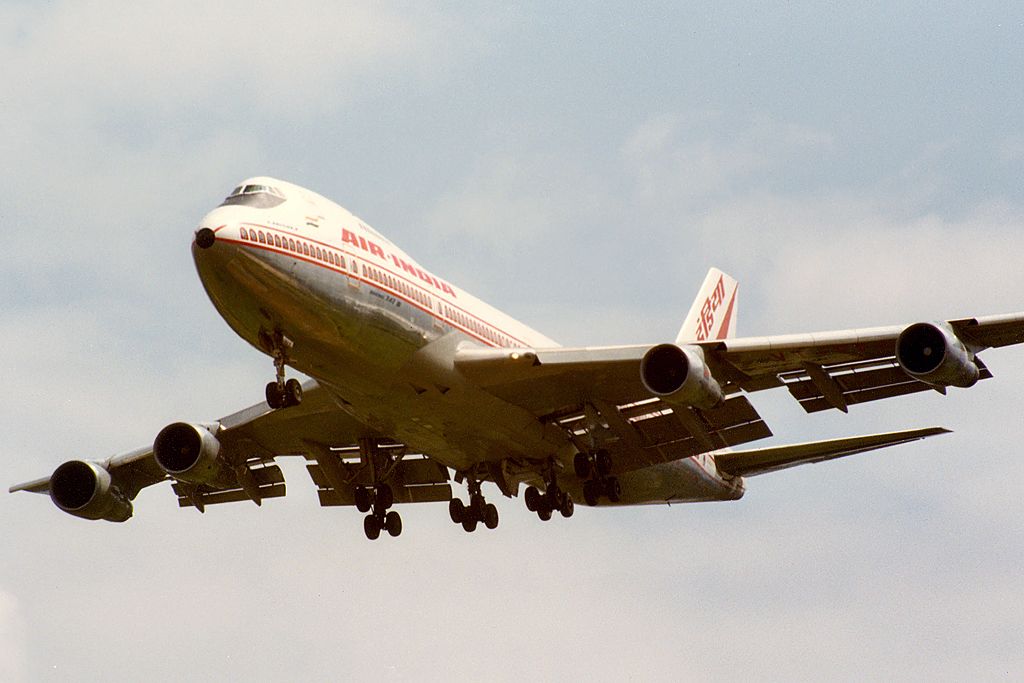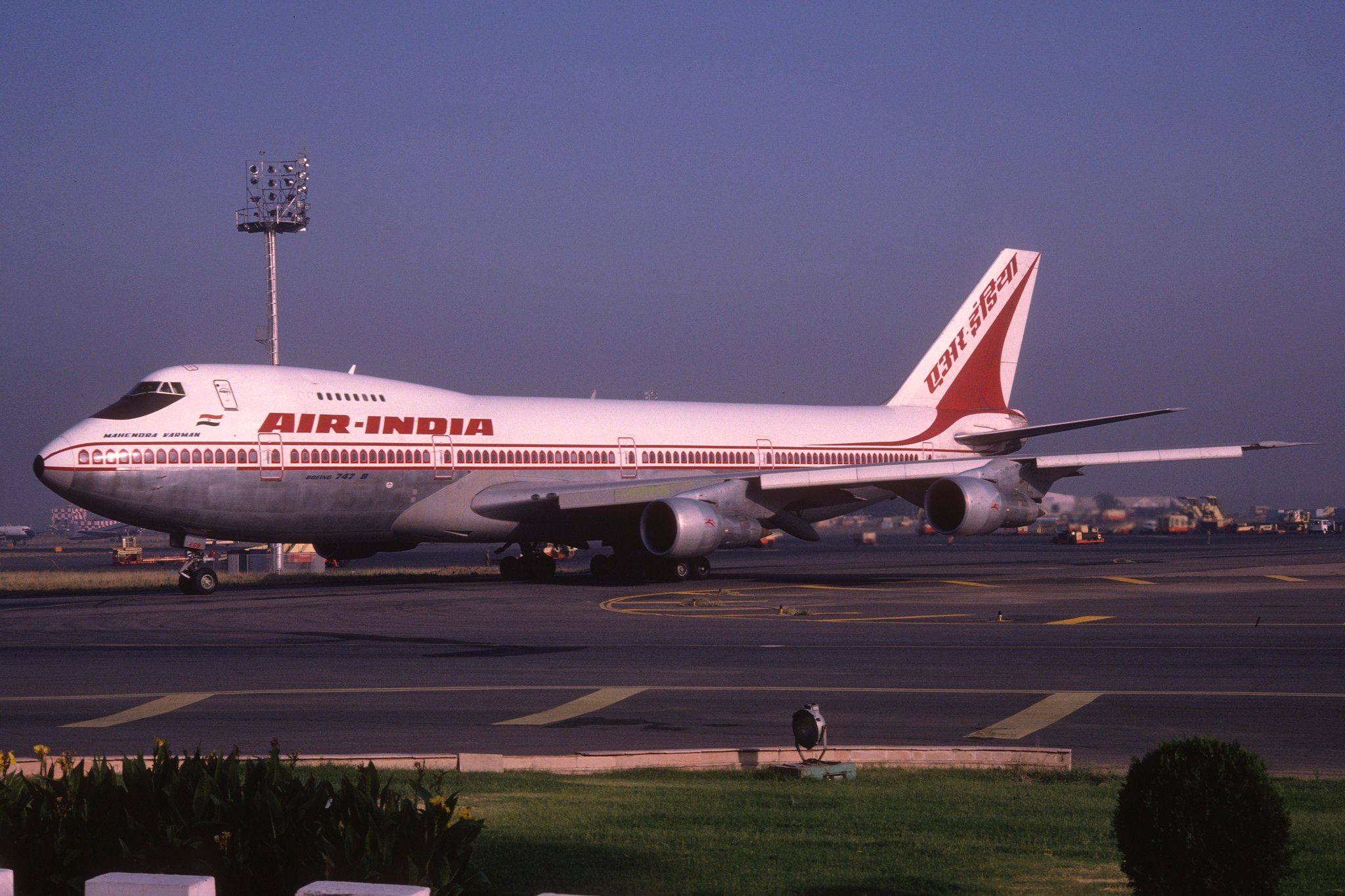On June 23, 1985, a group of Canadian Sikh militants planted a bomb onboard Air India Flight 182. The flight was a regularly scheduled Air India flight between Montreal, London, Delhi, and Mumbai. As the aircraft, a seven-year-old Boeing 747-237B registered VT-EFO, was nearing Ireland en route to London, a bomb detonated, disintegrating the plane in midair.
At the time, the aircraft was cruising at an altitude of 31,000 feet, approximately 120 miles west-southwest of Ireland. All 329 passengers and crew were killed, making the bombing of flight Air India Flight 182 the worst mass killing in Canadian history. Of the passengers and crew, 268 were Canadian citizens, 27 British, and 24 Indians. The terrorist attack was the deadliest in history until the 9/11/2001 plane hijackings in New York and Washington.
Another device detonated in Japan
The bombing of the Indian airliner was a part of a more significant plot that included planting bombs on two aircraft. The first of the two bombs was meant to blow up Air India Flight 301 from Tokyo to Bangkok, Thailand.
However, before the suitcase containing the bomb could be loaded aboard the aircraft, it exploded, killing two baggage handlers. The bomb went off prematurely because the terrorists failed to consider that Japan did not observe daylight savings time. The second bomb was loaded aboard Air India flight 182 in Canada and successfully detonated midair.
The two bombs were linked
Investigators looking into the bombings soon concluded that the bomb onboard Air India Flight 182 and the one that exploded at Narita International Airport (NRT) were linked. Both bombs originated in Canada and were planted in unaccompanied suitcases. Despite a handful of the suspected perpetrators being arrested and put on trial, only one was ever convicted.
Inderjit Singh Reyat was a dual British-Canadian national member of the International Sikh Youth Federation (ISYF). In 2003, he pleaded guilty to manslaughter and was sentenced to 15 years in prison for making and assembling the bombs that brought down Air India Flight 182 and the one that detonated early at Narita Airport.
In a later commission inquiry, it was concluded that a "cascading series of errors" by the Government of Canada, the Royal Canadian Mounted Police (RCMP), and the Canadian Security Intelligence Service (CSIS) had allowed the terrorist attack to take place.
Background to the bombings
Looking for better economic opportunities, many Sikhs emigrated to western Canada, settling in and around Vancouver. Of these Sikhs, several would later become leaders of a militant group that wanted Sikhs to have their own country. Called "Babbar Khalsa," the group was active throughout the 1980s in the Punjab insurgency targeting rival Nirankari sect Sikhs.
In the early 1980s, India was embroiled in violent civil unrest between Sikh and Hindu factions. In 1984 the Indian Government outraged Sikhs worldwide when troops attacked the Golden Temple in Amritsar. The plan was to flush out and arrest extremists who wanted to create a Sikh state called" Khalistan" in Punjab.
The official government report on the incident said 400 people, including 87 soldiers, were killed. Others, however, disputed this saying thousands were killed, including many pilgrims who were there for an important Sikh festival
Sadly both bombings could have been prevented had the Canadian Security Intelligence Service (CSIS) and the Royal Canadian Mounted Police (RCMP) followed up on information they had received from two men looking to stop the bombings. Instead of opening an investigation, the Canadian authorities dismissed the information as unreliable.




